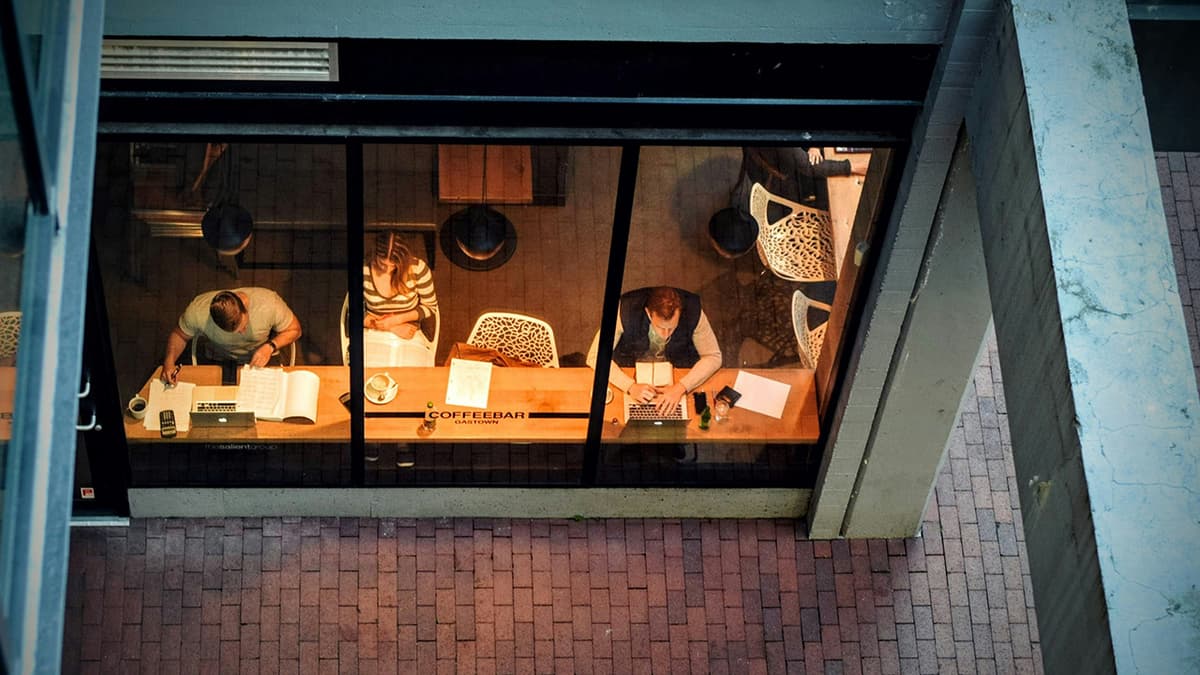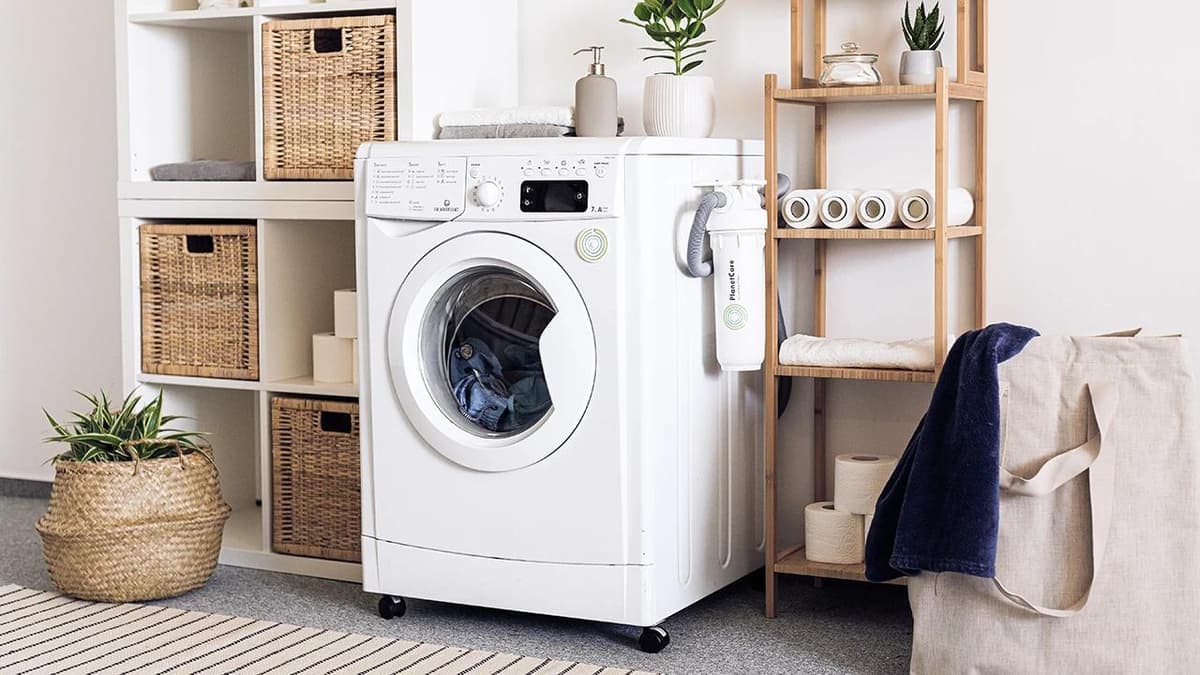Is $15 Too Much for Lunch?
When it comes to splurging on a daily meal such as lunch, opinions can differ widely. Some may argue that \$15 is a small price to pay for a satisfying and possibly healthier lunch option, while others consider it a luxury that can quickly add up over time. Is spending \$15 on a single lunch meal crossing the line of budget-friendliness? Let's unwrap this culinary fiscal conundrum.
Firstly, context is everything. The cost of living varies greatly from one location to another. In bustling urban centers like New York City or San Francisco, a \$15 lunch might be seen as standard fare. Contrast that to smaller towns or cities where the cost of living is lower, and \$15 could fetch you a hearty dinner instead. Location dictates price and, subsequently, our perception of what is expensive.
Now, what does \$15 get you? This is a crucial question. If your lunch includes a drink, a main course, perhaps a side, and even a small dessert, \$15 may seem like a fair deal, especially if the quality of food is high. On the flip side, if \$15 is getting you a lackluster sandwich and a soda, it might not be the best bang for your buck.
Let's also consider the alternatives. Packing a lunch from home is almost always cheaper than eating out. The ingredients for a week's worth of homemade lunches could cost the same as two or three days’ worth of buying lunch at \$15 per pop. Yet, not everyone has the time, will, or capability to prepare meals at home. The convenience of grabbing a lunch on the go can be invaluable for some.
Moreover, the term 'lunch' can be somewhat elastic. For many, lunch is a functional meal – a basic necessity to keep the afternoon slump at bay. For others, it might be an experience – an opportunity to socialize, to take a break from work, or to enjoy something delicious. In the latter case, the extra dollars might not just pay for the food itself, but for the overall experience and its intangible benefits.
Let's not forget the nutritional aspect either. A \$15 lunch from a fast food establishment is likely less nutritious than a \$15 meal from a health-focused restaurant. If eating healthier is a priority, you might find that spending more on a meal that is rich in nutrients, made with high-quality ingredients, and offering a balance of protein, vegetables, and whole grains is worth the extra money.
The occasional indulgence in a more expensive lunch can indeed be justified. A special meal once in a while can be a little celebration, a mood booster, or a source of inspiration. Yet, if a \$15 lunch becomes a daily habit, it's important to weigh its impact on your monthly budget. Dining out for lunch on workdays could add up to around \$300 a month – a sizeable expenditure for many.
There's also the psychological angle. Some may feel that a pricier lunch elevates their day, gives them something to look forward to, and might even translate into increased productivity in the afternoon. If a \$15 lunch leads to a more effective workday, could the extra cost be justified as a personal investment in your career?
Whether \$15 is too much to spend on lunch depends on a variety of factors – personal budget, lifestyle, dietary preferences, and even your values. The decision rests on how you prioritize the role and quality of meals in your daily routine.
With the rise of food delivery apps and services, the temptation to opt for convenience is stronger than ever. Giants like DoorDash, Uber Eats, and Grubhub have made it exceedingly simple to order food with a few clicks. Yet remember, those services often tack on additional fees, making your \$15 meal even pricier.












